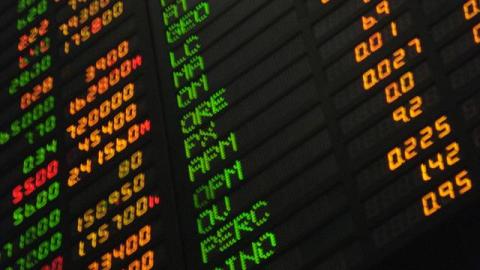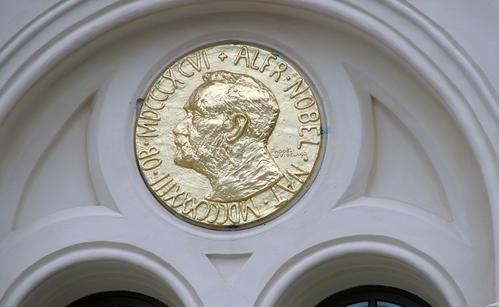Using Math to Spot Stock Bubbles

What’s the Latest Development?
A statistician and business professor have developed a mathematical formula that can spot bubbles in the stock market by comparing changes in a company’s stock value over time. The formula relies on Brownian motion, a natural process involving the erratic, random movement of small particles suspended in gas or liquid which has been widely used in mathematical finance. When stock prices move without a clear relationship to past changes in value, it may indicate the presence of a bubble.
What’s the Big Idea?
A bubble occurs when the price of a stock jumps higher than the actual value of the company, such as the rise and decline of technology stocks of the ’90s and the infamous financial bubble of the ’00s. Developed at Cornell and Columbia University, the formula indicates that LinkedIn became a bubble when it went public but that current gold prices are not a bubble. Being able to identify bubbles as they occur may help dissuade individuals investors and banks from being seduced by the prospect of unrealistic returns.





